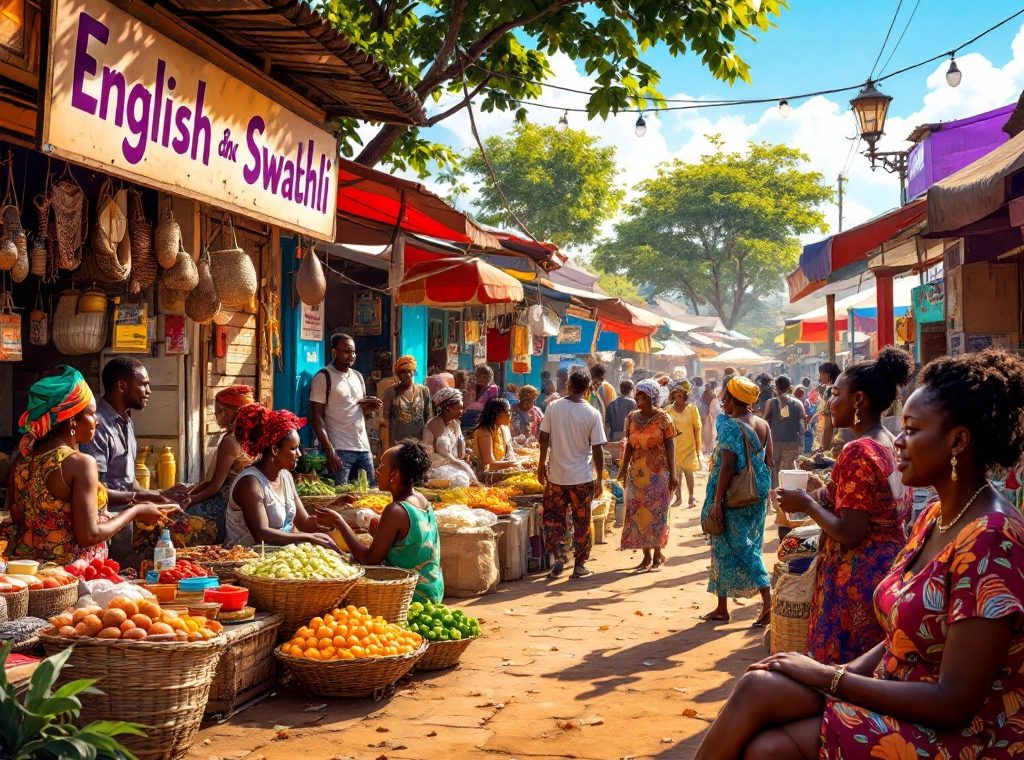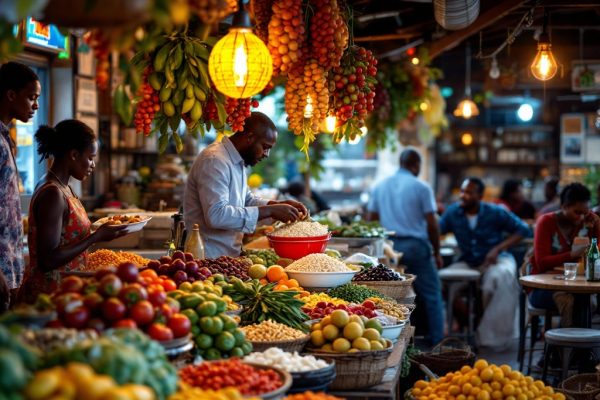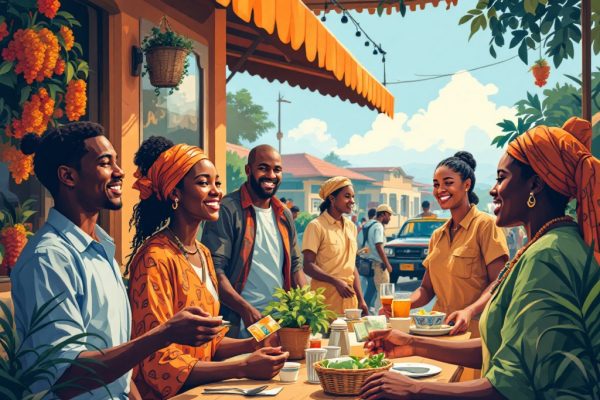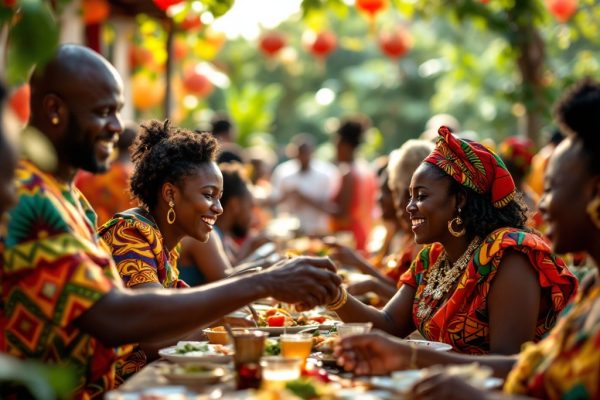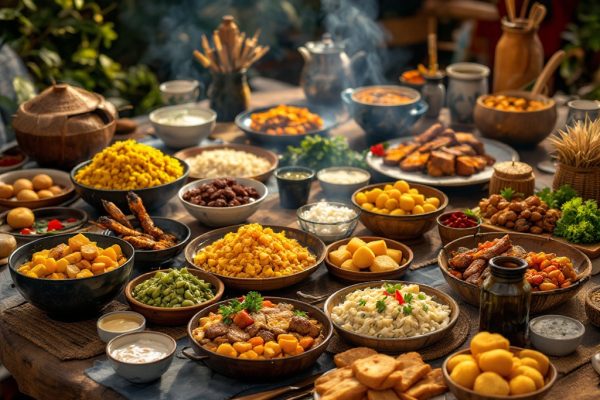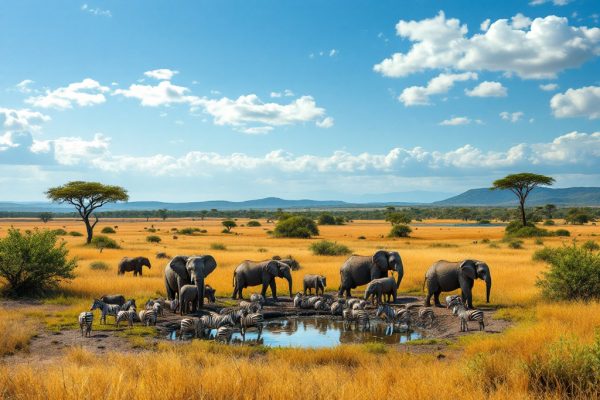What Languages Are Spoken in Kenya by Locals
Discover the vibrant linguistic tapestry of Kenya, a nation where roughly 70 languages coexist! From the official English used in government and education to the unifying Swahili spoken by millions, explore the fascinating interplay of language and culture. Delve into the prominent roles of Kikuyu in business and the tonal nuances of Dholuo. Learn about minority languages like Arabic and Hindi, and uncover the dynamic evolution of Sheng, Nairobi’s urban slang. Uncover the rich linguistic diversity of Kenya and its impact on society – start reading now!
Important information
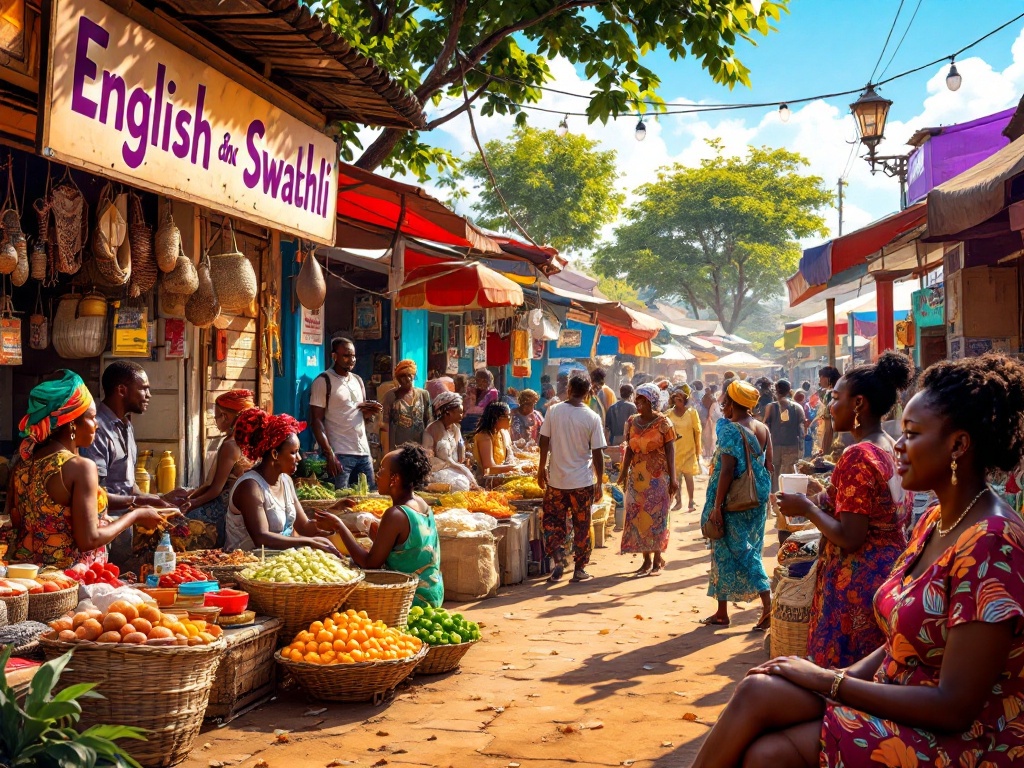
- Kenya has a diverse linguistic landscape with around 68 languages from Niger-Congo, Nilo-Saharan, and Afroasiatic families.
- English and Swahili are the official languages of Kenya. English is used in government, education, and business, while Swahili serves as a common language, bridging communication gaps between diverse ethnic groups.
- Major regional languages include Kikuyu (important in business), Luhya (with many dialects), Dholuo (a tonal language), and Kalenjin (rich in cultural significance).
- Sheng, a vibrant slang blending Swahili, English, and other local dialects, thrives in Nairobi, reflecting the city’s dynamic culture.
- Besides the dominant languages, Kenya also has minority languages like Arabic (influenced by coastal history and trade) and Hindi (spoken by a smaller community).
Introduction to Kenya’s Linguistic Diversity
Kenya boasts a rich linguistic landscape with approximately 68 languages stemming from three main families: Niger-Congo, Nilo-Saharan, and Afroasiatic. Officially, Kenya recognizes 45 distinct languages and over 250 dialects. This diversity reflects the country’s vibrant cultural heritage. Bantu languages like Kikuyu, Luhya, and Kamba are widespread. Nilotic languages such as Dholuo and Kalenjin, along with Cushitic languages like Somali and Rendille, further contribute to this mix. This linguistic diversity is mirrored in Kenya’s ethnic composition. Bantu peoples include groups like the Kikuyu, Kamba, and Luhya. Nilotic communities comprise the Maasai, Kalenjin, and Luo. Cushitic groups, such as the Rendille and Somali, add to this cultural mosaic.
Language Families
- Niger-Congo.
- Nilo-Saharan.
- Afroasiatic.
Major Language Groups
- Bantu (Kikuyu, Luhya, Kamba).
- Nilotic (Dholuo, Kalenjin).
- Cushitic (Somali, Rendille).
Official Languages in Kenya
English is the official language for:
- government administration,
- higher education,
- business transactions.
All official documents are drafted in English.
Swahili is used in:
- commerce,
- media,
- primary schools.
Swahili serves as a lingua franca, bridging communication between Kenya’s diverse ethnic groups. Broadcasts and publications frequently appear in both languages for wider accessibility.
English: The Official Language
English plays a crucial role in Kenya, serving as an official language for government, education, and business. An estimated 2.7 million Kenyans speak English, utilizing it for official communication and access to higher education. For example, most official documents and legislation are drafted in English to ensure clarity and accessibility across the nation.
Swahili: The National Language
Swahili acts as a unifying force in Kenya, bridging the gap between its diverse ethnic groups. Spoken by 17 million people, this national language plays a vital role in daily life, facilitating everything from casual conversations to business transactions. Moreover, its presence in schools helps reinforce a sense of national identity among students. Swahili is truly essential for Kenya.
Major Regional Languages in Kenya
Kenya boasts a rich linguistic landscape. Kikuyu, spoken by roughly 7 million people, is a cornerstone of Kenyan business. Luhya, with its diverse dialects, is spoken by around 1.2 million people in Western Kenya. Dholuo, the language of the Luo people, holds significant cultural importance. Kalenjin also carries deep cultural weight and is widely used. Other notable languages include Meru, Akamba, and Maa. Nairobi’s vibrant slang, Sheng, is a dynamic fusion of Swahili, English, and other local languages.
Kikuyu and Its Role in Business
Kikuyu is a prominent language in Kenya, spoken by seven million people (22% of Kenya’s population). It plays a significant role in commerce, particularly in central Kenya, where many businesses are Kikuyu-owned and operated.
Luhya: A Language with Multiple Dialects
The Luhya language comprises numerous dialects, including Bukusu, Maragoli, and Tachoni. Most Luhya speakers reside in Western Kenya, where the language forms a cornerstone of their cultural heritage. It’s estimated that approximately 6.8 million people speak Luhya.
Dholuo: Tonal Language Popularity
Dholuo, a Nilotic language with tonal variations, is spoken by about 4.2 million people in Kenya. The pitch of a word alters its meaning, giving Dholuo deep cultural significance for the Luo community, primarily situated near Lake Victoria.
Kalenjin: Cultural Significance and Usage
Kalenjin, a vibrant language spoken by nearly 5 million people in Kenya, is integral to Kalenjin culture. A rich oral tradition, encompassing storytelling, vibrant songs, and insightful proverbs, transmits knowledge, shares history and values, and connects generations.
Meru and Other Key Regional Languages
Meru, spoken in Kenya, is a Bantu language of the Meru people. Other key regional languages include Kamba, Gusii, Kalenjin, Kikuyu, Luhya, and Dholuo. These diverse tongues represent Kenya’s rich linguistic tapestry, each contributing to the nation’s vibrant cultural heritage.
Local and Tribal Languages
Kenya’s diverse linguistic landscape includes several prominent languages. Gikuyu, a Bantu language, is spoken by millions in Central Kenya’s Agĩkũyũ community. Westward, the Luhya people communicate through Oluluyia. In Northeastern Kenya, the Somali community uses the Somali language. Lesser-known languages include Turkana, spoken by the Turkana people of Northwest Kenya, and Samburu, used by the Samburu community in the Rift Valley.
Gikuyu: Indigenous Language with Millions of Speakers
Gikuyu, a vital part of Kenya’s linguistic landscape, is spoken by roughly 6.6 million people. For the Agĩkũyũ, it’s more than just communication; it’s the cornerstone of their cultural identity.
Oluluyia: Another Prominent Indigenous Language
Oluluyia, a Bantu language spoken by the Luhya people of western Kenya, has approximately 5.2 million speakers. This makes it a prominent language in Kenya, vital for preserving Luhya culture and adding to the country’s linguistic diversity.
Somali Language Use in Kenya
Somali, an Afroasiatic language, is spoken by over two million people, primarily in northeastern Kenya. It is a vital part of their cultural identity and fosters strong community bonds, connecting people in their daily lives.
Turkana and Samburu: Lesser-Known Tribal Languages
The Turkana people live in Turkana County, northwestern Kenya, and speak the Turkana language. Their neighbors to the south, the Samburu people, mainly live in Samburu County and speak the Samburu language. These languages are part of Kenya’s diverse linguistic landscape.
Minority Languages in Kenya
Arabic bears the imprint of a rich culture and history.
Hindi has a smaller speaker base.
Kenya boasts a vibrant linguistic tapestry. Beyond the official languages of English and Swahili, approximately 70 languages thrive. Among these are Rendille, the widely spoken Gikuyu (with 6.6 million speakers), and Oluluyia (with 5.2 million speakers). Dholuo, Kalenjin, Somali, and Arabic further enrich this diverse linguistic landscape.
Arabic: Cultural and Historical Influence
Arabic thrives along Kenya’s coast, spoken by approximately 15,000 people. This linguistic presence reflects a rich history of interaction and trade with Arab cultures.
Hindi: Language of a Small Community
Around 6,000 people in Kenya, primarily within the Indian Kenyan community, speak Hindi, reflecting the country’s multiculturalism.
Urban Slang and Modern Communication
Nairobi’s vibrant street language, Sheng, is a dynamic blend of Swahili, English, and other local dialects, reflecting the city’s rich cultural tapestry. Constantly evolving to match the latest trends, Sheng provides young people with a distinct voice and fosters a strong sense of community. It has become their unique way to connect.
Sheng: The Urban Slang of Nairobi
Sheng, Nairobi’s dynamic urban slang, blends Swahili, English, and other Kenyan languages. This lively mix reflects the city’s youthful energy and acts as a social identifier. Its unique vocabulary and grammar constantly evolve across different social groups. While originating in marginalized communities, Sheng’s popularity has exploded, embraced by educated individuals and urban dwellers alike as a symbol of their cosmopolitan identity in this diverse and vibrant city.

